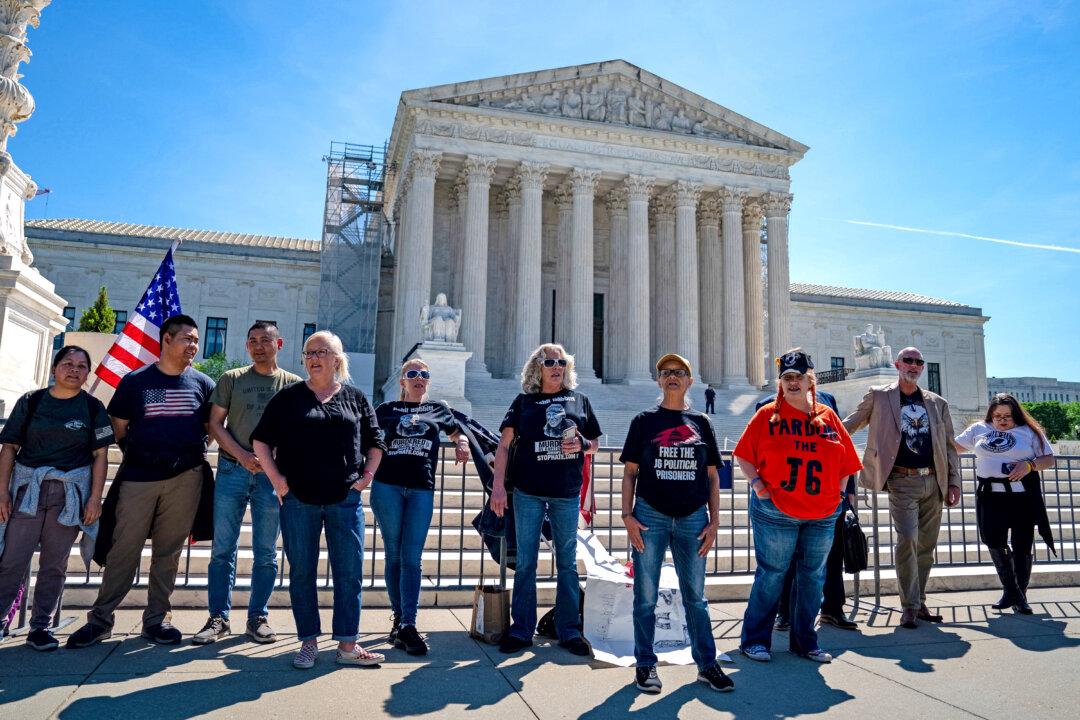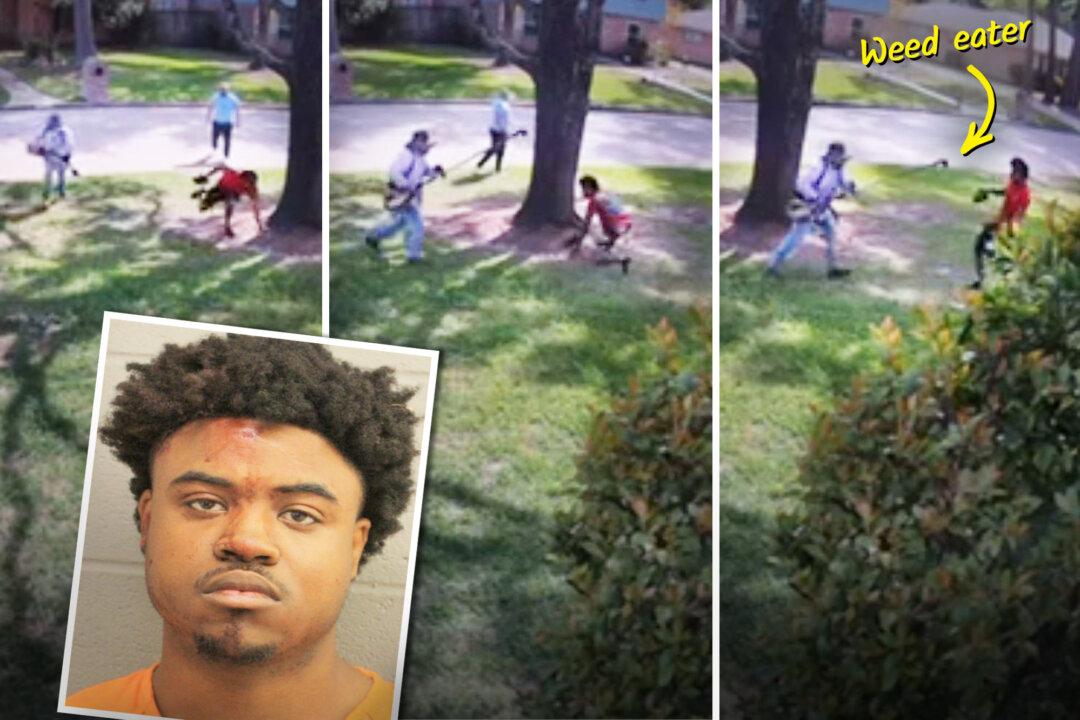Enjoy this stellar collection of images from space to celebrate Bonfire Night, also known as Guy Fawkes Night, in the United Kingdom on Nov. 5.
The tradition originates from 1605, when Guy Fawkes attempted to blow up the House of Lords in London in the gunpowder plot.
To commemorate the fact that King James I survived this assassination attempt, people lit bonfires around the capital city, and later it became an annual public day of thanksgiving for the plot’s failure.
The Epoch Times publishes in 35 countries and in 19 languages. Subscribe to our e-newsletter.















Friends Read Free